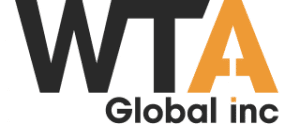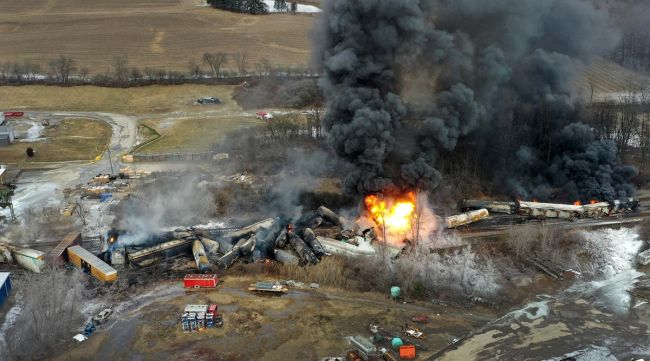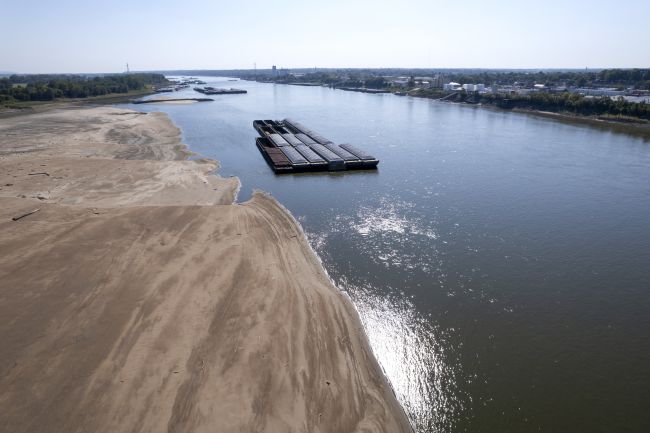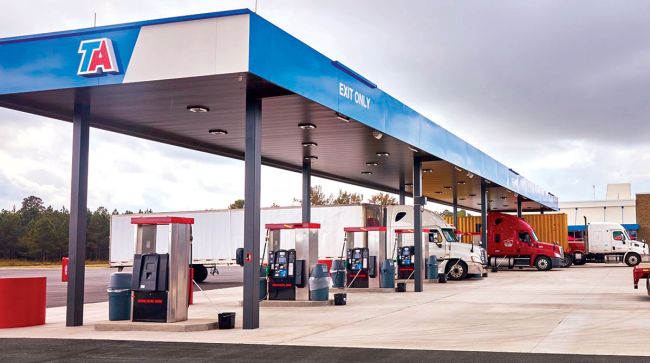Aerial image of the Norfolk Southern derailment in East Palestine, Ohio, Feb. 4. (Gene J. Puskar/Associated Press)
OMAHA, Neb. — Norfolk Southern made improvements after one of its trains derailed, caught fire and spilled toxic chemicals near an Ohio town, but the company is nowhere near the “gold standard for safety” it is striving to be, according to federal regulators. Instead, the railroad is too often only willing to meet minimum safety requirements.
The Federal Railroad Administration released its 143-page report on the Atlanta-based railroad’s safety culture Aug. 9. The agency has been working on the report for months since thousands of people had to evacuate their homes after the East Palestine, Ohio, derailment.
Poor communication and mistrust between employees and managers are hindering Norfolk Southern’s efforts to improve safety, the report also said. The agency questioned whether the company’s training for employees and managers is adequate.
“At a time when so many people working on and living near train tracks are asking legitimate questions about how major freight railroads operate, railroads must have a culture and operations that are focused on safety,” agency administrator Amit Bose said. “This first-of-its-kind assessment — conducted immediately after the Norfolk Southern derailment in East Palestine — shows in too many instances the railroad should be doing more to ensure the safety people deserve.”
The company is collaborating with workers on safety and addressing the report’s findings, said Norfolk Southern CEO Alan Shaw, who since the Feb. 3 derailment near Pennsylvania has repeatedly called for his railroad to set the “gold standard” for safety in the industry.
Bose met with Shaw and several of the railroad’s other executives Aug. 8 to go over the findings, and the company gave a copy of the report to Atkins Nuclear Secured, an independent consultant with expertise in nuclear submarines that is reviewing the company’s safety program.
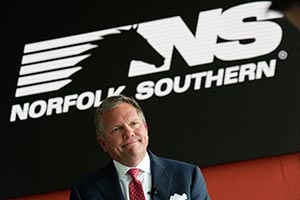
Alan Shaw during an interview in June. (John Bazemore/Associated Press)
“We aren’t waiting” to act, Shaw said. He said the railroad will keep working on improvements it announced in March while trying to address the regulators’ recommendations.
Congress and regulators have called for all the major freight railroads to make a number of changes to improve safety, but proposed legislation has stalled in the Senate and failed to get started in the Republican-controlled House.
The rail agency said its assessment “shows numerous examples where NS seems more concerned with compliance with minimum safety requirements of federal regulations and industry standards rather than understanding and seeking to address safety concerns that fall outside the boundaries of existing rules and regulations.”
And as investigators looked into the railroad’s practices, they “encountered multiple instances of lapses in trust between employees and their frontline supervisors,” including times when employees refused to meet with investigators because they feared they would be disciplined for speaking out about their safety concerns.
Shaw has defended the railroad’s overall safety record and said its number of derailments is down since it began overhauling its operations in 2019 and making widespread job cuts in the name of efficiency. But the federal agency pointed out that between 2018 and 2022, the rate of accidents per million train miles on Norfolk Southern rose faster than any other major freight railroad.
The agency said it has noticed some initial improvement since the derailment but that it has been inconsistent, as the railroad hasn’t always communicated the changes well to all its supervisors and employees.
It’s been six months since the derailment in East Palestine, Ohio. CEO Alan Shaw wrote an open letter to reflect on our ongoing progress and continued support for the community and surrounding areas.
Read the full letter: https://t.co/ew5zceWpBB
— Norfolk Southern (@nscorp) August 3, 2023
Just last year, the agency audited Norfolk Southern’s safety practices and training programs after three railroad employees — including two conductors who had been on the job less than a year — suffered amputations while on duty. The agency made 25 recommendations in that audit that the railroad didn’t promptly or comprehensively respond to.
Just two days before the East Palestine derailment, “NS responded, indicating that where recommendations exceeded the minimum regulatory requirements, they would take no further action, but did promise to engage in corrective action for the majority of the recommendations,” the report said.
The National Transportation Safety Board has been investigating what caused the Ohio derailment after holding hearings on it in June. But that agency has said the derailment was likely caused by an overheating bearing on one of the railcars. A sensor triggered an alarm about that bearing, but the crew didn’t have time to stop the train before cars loaded with hazardous chemicals began to careen off the tracks.
The federal rail agency took a close look at how Norfolk Southern monitors those sensors and found that there was often only one employee — sometimes working from home — monitoring all the roughly 1,200 detectors throughout the railroad’s network of 19,500 miles of track in the Eastern United States. And that person relied on email to alert dispatchers about any problems — creating the possibility of a delay in notice. That person also dealt with reports of mechanical problems from train crews and safety concerns reported by the public.

Host Michael Freeze clarifies the differences between predictive and preventive maintenance. He gives fresh commentary on everything from how enhanced connectivity boosts your preventive maintenance plans to what predictive possibilities AI can offer your shop. Tune in above or by going to RoadSigns.ttnews.com.
In addition to the Aug. 9 report, the Occupational Safety and Health Administration said it had fined the railroad $49,111 for failing to provide proper protective gear and hazardous materials training to the workers who were sent to East Palestine immediately after the derailment to rebuild the tracks.
Norfolk Southern also agreed to establish a medical monitoring program to track the health of workers who were at the site and improve its training for future derailments as part of a settlement with OSHA.
Tony Cardwell, who leads the union representing track maintenance workers, said he’s glad to see OSHA doing something to hold the railroad accountable because its “actions were completely derelict.” Cardwell said he was “blown away” when he learned that his members were working at the derailment site just in their normal leather gloves and boots and not in the hazmat suits he kept seeing on news reports.
“Unless agencies step in and force the carriers to do these things, they won’t do them because there’s a cost associated with it,” said Cardwell, who is president of the Brotherhood of Maintenance of Way Employees Division union.
